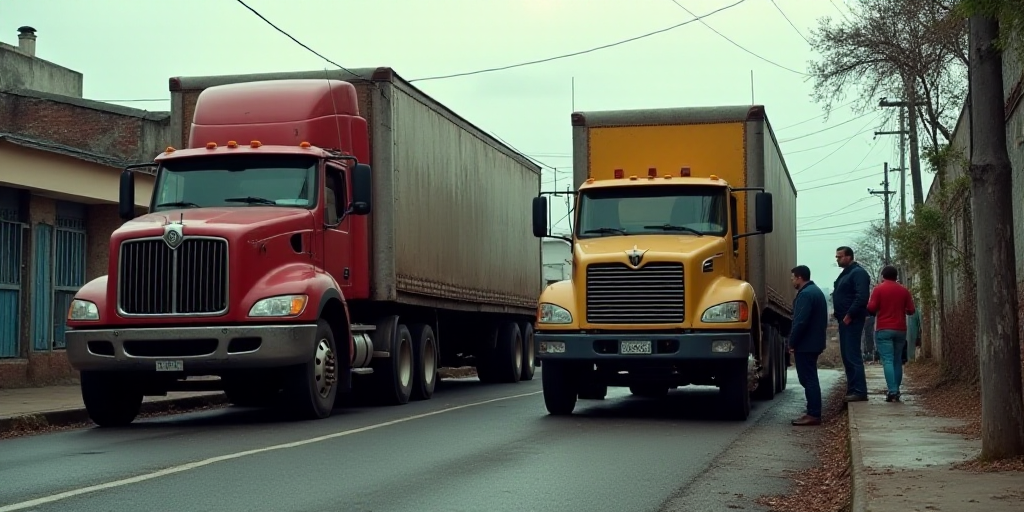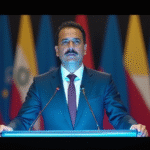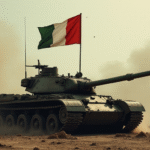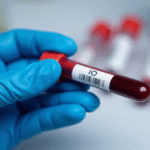Background on the Situation in Colombia
Cali, the third-largest city in Colombia and a significant hub in the Pacific region, is experiencing escalating violence as various dissident factions of the former FARC guerrilla group and narcotrafficking organizations clash over control of the lucrative cocaine trade destined for the United States and Europe.
Recent Attacks in Colombia
Two coordinated attacks on August 21, 2023, resulted in at least 18 fatalities and over 40 injuries, according to Colombian authorities. These attacks were attributed to different dissident factions of the former FARC guerrillas.
First Attack in Antioquia
At approximately 1:00 PM, a drone attack targeted a police helicopter in Amalfi, Antioquia. The incident caused the helicopter to catch fire, leading to 12 police officers’ deaths and four civilians injured.
Second Attack in Cali, Valle del Cauca
Around 3:00 PM, an explosion occurred near the Marco Fidel Suárez Military Aviation School in Cali. A vehicle laden with explosives detonated close to the base, resulting in six deaths and 40 injuries.
Government Response and Context
Defense Minister Pedro Sánchez blamed the largest FARC dissident group, the Estado Mayor Central (EMC), led by alias Iván Mordisco, for the Cali attack. The EMC had previously been engaged in negotiations with President Gustavo Petro’s government, but alias Iván Mordisco abandoned the talks in 2024. Another faction, led by alias Calarcá, continues negotiations without progress.
Petro urged both dissident groups and the Clan del Golfo, the largest cocaine-producing cartel, to be designated as “terrorist organizations” by the Colombian state and the international community.
Impact on Cali
Cali, a city of 2.2 million residents and the most significant in the Pacific region, faces intensifying violence from guerrilla groups and narcotrafficking organizations vying for control of the profitable cocaine trade.
Witness Accounts
“We heard the loud explosion… Afterward, we couldn’t see anything because of all the injured people and damaged houses near the base,” said Héctor Fabio Bolaños, a 65-year-old school rector in the nearby area.
Children were evacuated from schools due to the fear caused by the attacks.
Key Questions and Answers
- Who were the perpetrators of the attacks? The attacks were carried out by dissident factions of the former FARC guerrillas, including the Estado Mayor Central (EMC) led by alias Iván Mordisco and another faction led by alias Calarcá.
- What was the nature of the attacks? The first attack involved a drone targeting a police helicopter, while the second was a vehicle-borne IED explosion near a military aviation school.
- Who is responsible for the ongoing violence? Various dissident factions of the former FARC guerrillas and narcotrafficking organizations are engaged in a power struggle over the lucrative cocaine trade.
- What is the government’s response? President Gustavo Petro has called for both dissident groups and the Clan del Golfo cartel to be designated as terrorist organizations.






